Why Oak Island is looking 18 miles off its coast for sand to nourish its eroded beach – Wilmington StarNews Online
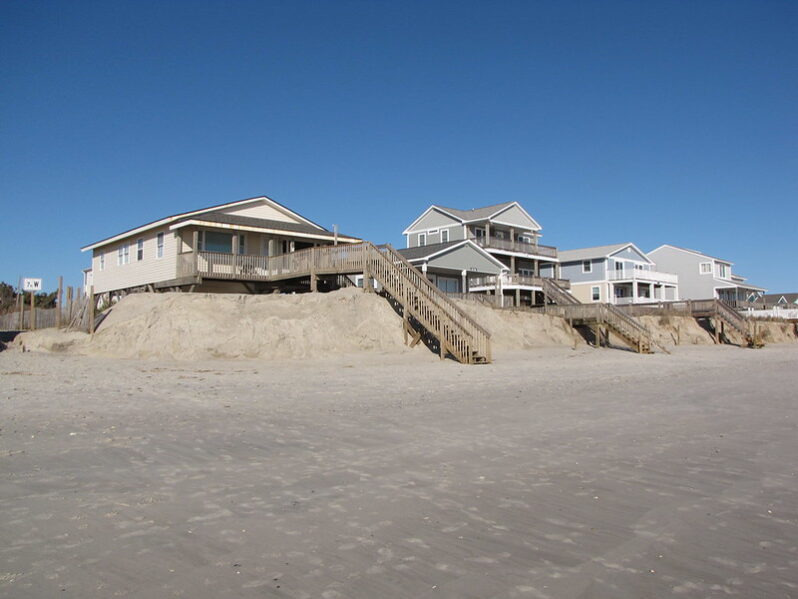
Faced with an eroding beach, Oak Island wants to pump fresh sand onto its oceanfront. But finding a viable sand source might mean going a long way offshore…
Study says buyout of threatened Outer Banks homes would be cheaper than beach nourishment – Star News Online
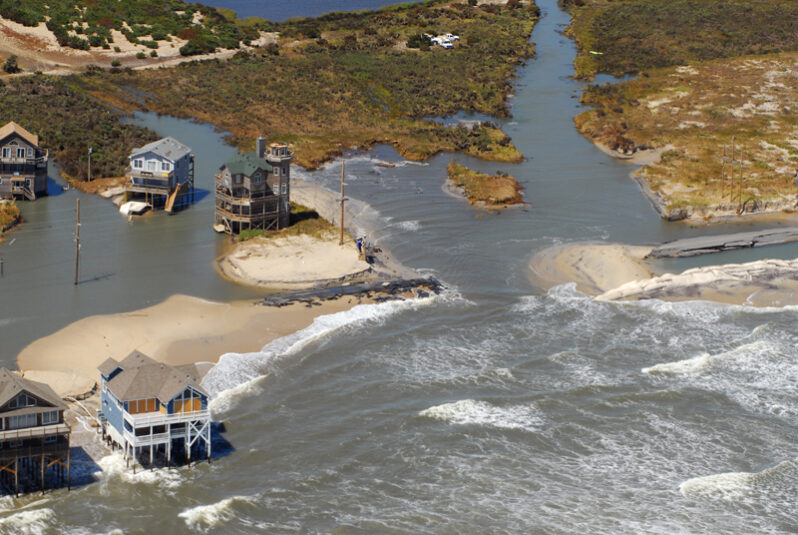
Along coastal North Carolina, engineering answers to threats from Mother Nature is a time-honored tradition to dealing with eroding beaches and threats from wandering inlets. But pumping sand isn’t cheap….Faced with a future of rising seas and stronger storms intensified by climate change, state and local officials are scrambling to keep up.(And) one option occupies a relatively rare seat at the table for discussion by local officials and residents: moving oceanfront structures out of harms way…
Buying out threatened oceanfront homes is not a crazy idea – Coastal Review

The oceanfront shoreline of Rodanthe has one of the highest erosion rates on the U.S. East Coast (recently upwards of 20 feet per year). Many homes that were initially constructed well back from the beach are now at risk of constant flooding and imminent collapse. A typical response to this erosion in Dare County (and most coastal communities) would be the implementation of a beach nourishment project. It is unclear whether this is practical for Rodanthe, as the geologic setting is problematic…
Retreat in Rodanthe Interactive Feature – the Washington Post
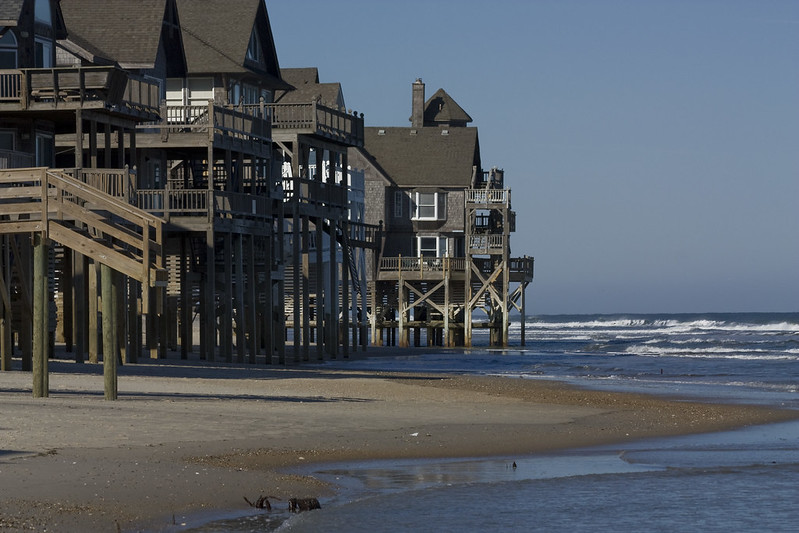
Along three blocks in a North Carolina beach town, severe erosion is upending life, forcing hard choices and offering a glimpse of the dilemmas other coastal communities will face…
Early last year, a house crumbled into the sea in this small Outer Banks community, home to some of the most rapid rates of erosion and sea level rise on the East Coast.
Not long after, another house fell. And then another…
‘It’s reaching a crisis point’: Outer Banks leaders say they’re out of funding to save threatened beach communities – WRAL News

Dare County leaders said communities are at risk from coastal erosion, but state law is holding them back from finding potential solutions.
Dare County leaders said they can no longer afford to build back beaches in the Outer Banks that have been swallowed by the ocean, sending multiple houses collapsing in recent years…
North Topsail is getting millions for beach nourishment. How long will the sand last? – Star News Online
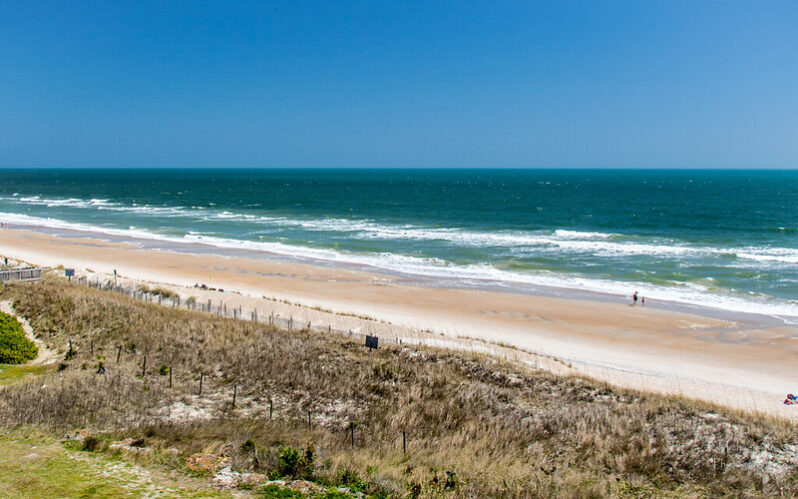
Last month North Carolina doled out nearly $20 million in grants to help coastal communities better fortify and rebuild beach infrastructure battered by recent hurricanes, tropical storms, and nor’easters.
But in a world where climate change is bringing higher seas and more frequent and ferocious storms to our shores, is investing taxpayer dollars in the sand that’s all but guaranteed to have a limited lifespan on the beach a smart investment?
Shifting Sands: Carolina’s Outer Banks Face a Precarious Future – Yale Environment 360
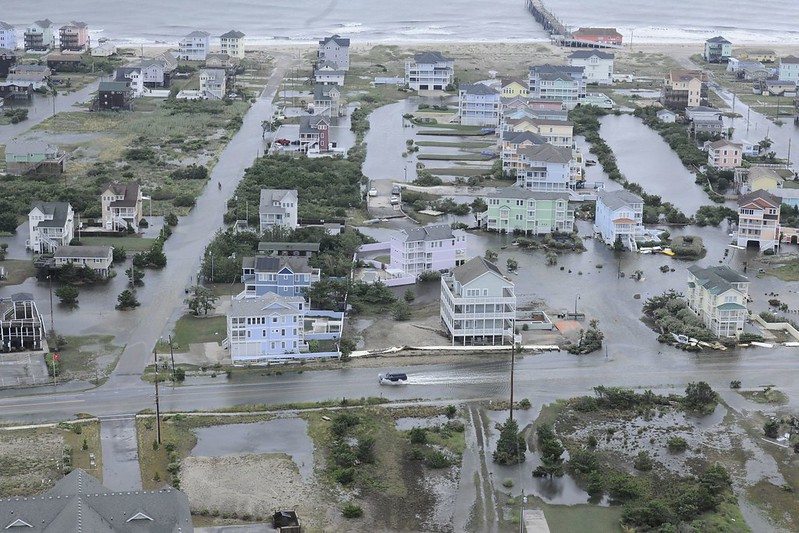
Cottages have been tumbling into the ocean for as long as humans have been building along the Outer Banks. The difference now is that they appear to be falling in at a faster rate, and scores of homes are now at risk.
Areas of the Outer Banks have retreated over 200 feet in the last two decades and are currently losing about 13 feet a year…
North Carolina’s Legislation on Hardened Structures Reconsidered

North Carolina law has prohibited hardened structures on its beaches and inlets for more than two decades.
Erosion and Sea Level Rise on North Topsail Beach
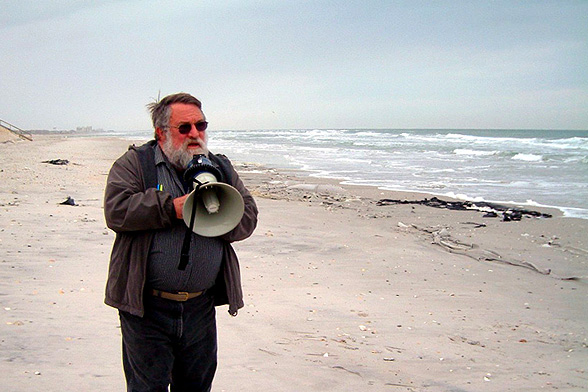
Orrin H. Pilkey and area locals offer their perspective on North Topsail Beach, North Carolina.
